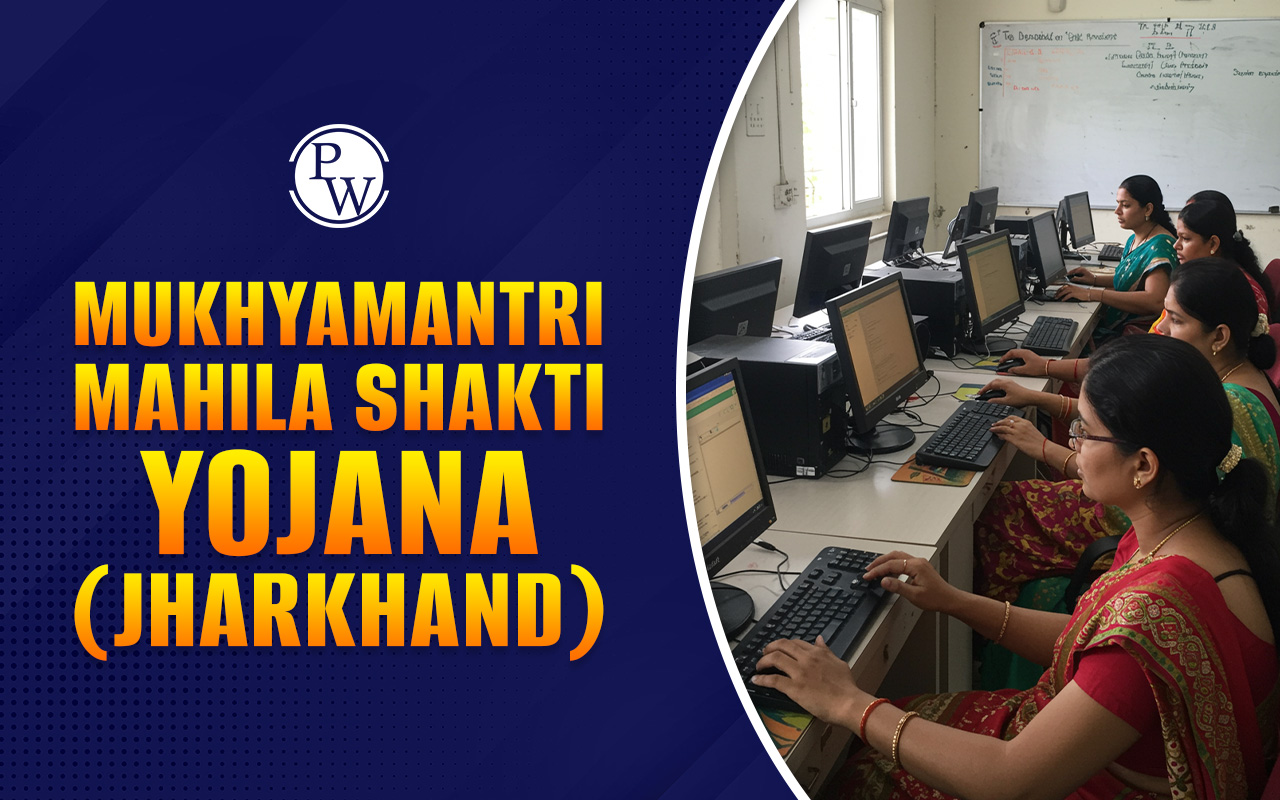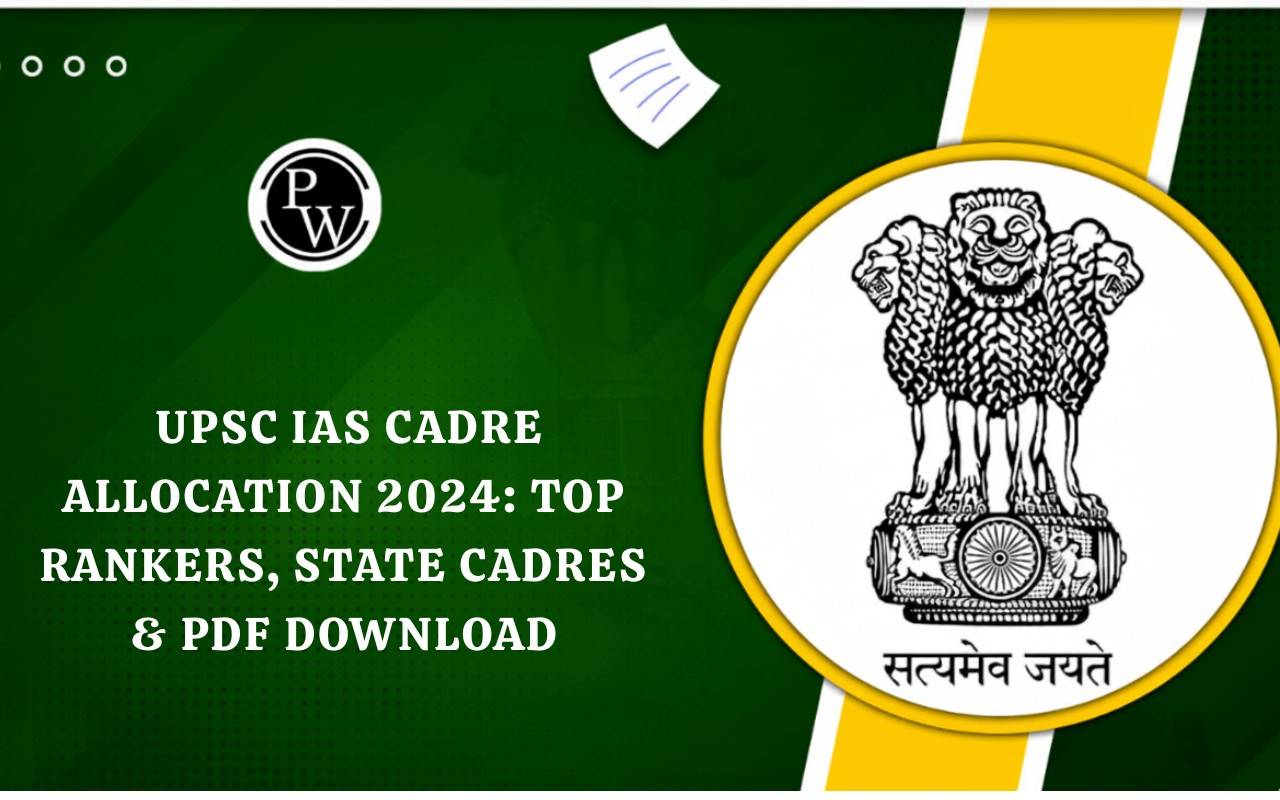
Two Nation Theory played a major role in the division of India and the creation of Pakistan in 1947. It significantly influenced the course of the Indian freedom movement and reshaped the history of South Asia. According to this theory, Hindus and Muslims were two separate nations, each deserving its own independent state. Understanding the Two Nation Theory is essential to comprehend the reasons behind the partition and how India and Pakistan came into existence as two separate nations.
What Is Two Nation Theory?
The Two Nation Theory is the belief that Hindus and Muslims in India are two distinct nations, with separate religions, cultures, values, and lifestyles. According to this theory, the two communities could not coexist peacefully within a single nation.
It argued that Muslims in India needed a separate country where they could freely practice their religion and preserve their identity. The theory emphasized religious identity over shared history or geography.
This concept became the ideological foundation for the creation of Pakistan in 1947. It was strongly supported by Muhammad Ali Jinnah, leader of the All-India Muslim League, who asserted that Muslims were not merely a minority, but a separate nation deserving of an independent homeland.
Origin of Two Nation Theory
The roots of the Two Nation Theory can be traced back to the 19th century. It started The earliest signs of the Two Nation Theory appeared when Sir Syed Ahmed Khan, a Muslim reformer, stated that Hindus and Muslims were two different nations. He warned that democracy might harm Muslim interests since Hindus were the majority.
He encouraged Muslims to focus on education and avoid politics controlled by the Indian National Congress. Over time, the division between the two communities widened. The Partition of Bengal in 1905 and communal riots further increased mistrust. Many Muslims began to believe that their identity would not survive in a Hindu-majority country.
By the 1930s, the Muslim League had fully adopted this theory. In 1940, the Lahore Resolution made the demand for a separate Muslim state official. This marked a turning point in Indian politics.
Key Personalities Behind the Two Nation Theory
Several historical figures helped in developing or opposing the Two Nation Theory. Some key names are:
Personalities Supporting Two Nation Theory
Here are key leaders who promoted the theory:
Sir Syed Ahmed Khan
He was one of the first to talk about Hindu-Muslim differences. Sir Syed believed the two communities had different lifestyles and could not be part of the same political structure.
Allama Iqbal
A famous poet and thinker, Iqbal supported the idea of a separate Muslim homeland. In his 1930 speech, he spoke about an independent Muslim state in north-western India.
Muhammad Ali Jinnah
Jinnah played the most important role. He moved from being a supporter of Hindu-Muslim unity to a strong advocate of the Two Nation Theory. Jinnah argued that Muslims needed their own country to protect their religious and cultural identity.
Personalities Opposing Two Nation Theory
The theory was opposed by several prominent leaders, including:
Maulana Abul Kalam Azad
He opposed the theory strongly. Azad believed in a united India and said religion should not divide people. He supported Hindu-Muslim unity and was against the idea of partition.
Khan Abdul Ghaffar Khan (Frontier Gandhi)
He was a Pashtun leader and follower of nonviolence who opposed partition. Abdul Ghaffar Khan felt betrayed by the Congress for agreeing to Partition and believed that communal harmony was possible in a united India.
Events Related to Two Nation Theory
Several events in India’s history helped shape the Two Nation Theory by increasing the divide between the communities and adding fuel to the theory.
| Event | Year | Description | Significance |
| Partition of Bengal | 1905 | Lord Curzon divided Bengal on religious lines, Hindus in the west, Muslims in the east. | Though later reversed (1911), it introduced the idea of religious division in governance. |
| Formation of All-India Muslim League | 1906 | Created to safeguard Muslim political rights in British India. | Became the primary platform for Muslim political demands and supported the Two Nation Theory. |
| Lucknow Pact | 1916 | An agreement between Indian National Congress and Muslim League for joint political reforms. | Acknowledged Muslims as a separate political entity needing distinct representation. |
| Lahore Resolution | 1940 | Muslim League formally demanded a separate nation for Muslims. | Laid the ideological foundation for the creation of Pakistan. |
| Direct Action Day | 1946 | Muslim League's call for a nationwide protest to demand a separate state. | Led to widespread communal riots, intensifying the call for partition. |
Impact of the Two Nation Theory
The Two Nation Theory changed the fate of the Indian subcontinent. Here are the major effects:
-
Partition of India (1947): The biggest impact was the division of India into two nations, India and Pakistan, which was based directly on religious lines.
-
Massive Migration: Over 10 million people moved across borders. Muslims left India for Pakistan, and Hindus and Sikhs left Pakistan for India. In this process, many were killed or wounded.
-
Communal Violence: The partition led to large-scale riots. Thousands lost their lives, women were abducted, and families were torn apart.
-
Birth of Two Rival Nations: India and Pakistan became separate countries. Since then, both have fought wars and have had tense relations.
-
Ongoing Kashmir Conflict: One of the direct outcomes of partition is the Kashmir issue, which remains a conflict point between India and Pakistan even today.
Criticism of Two Nation Theory
The theory has faced heavy criticism over the years, with leaders and historians pointing out its flaws:
-
India's Diversity: Critics say India has always been a land of many religions, cultures, and languages. Therefore, religion alone cannot define a nation.
-
Partition Horror: The mass killings, violence, and trauma of partition are seen as a direct result of this theory.
-
Failed Objective: Pakistan was meant to be a safe homeland for Muslims. However, even after its creation, the region saw internal conflicts, like the secession of East Pakistan (now Bangladesh) in 1971.
-
Communal Divide: The theory created long-term distrust between communities, which affects harmony even today.
To sum up, the Two Nation Theory left a lasting mark on India’s history. It led to partition and forever changed the subcontinent.
To dive deeper into topics like this, join Physics Wallah’s UPSC Courses!
Two Nation Theory FAQs
Who gave the Two Nation Theory?
What was the main reason behind the Two Nation Theory?
What was the Lahore Resolution?
How did the Two Nation Theory affected India?
Who opposed the Two Nation Theory?









